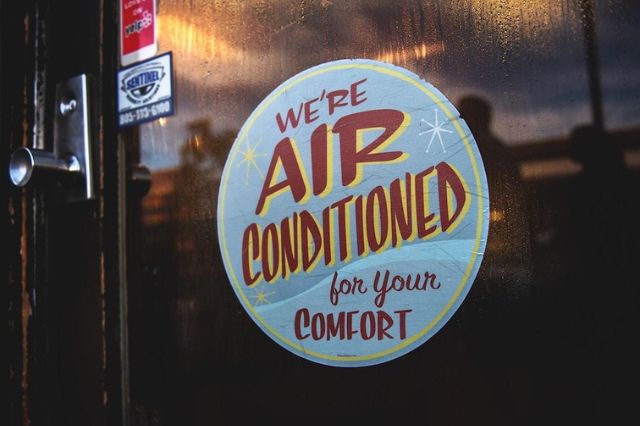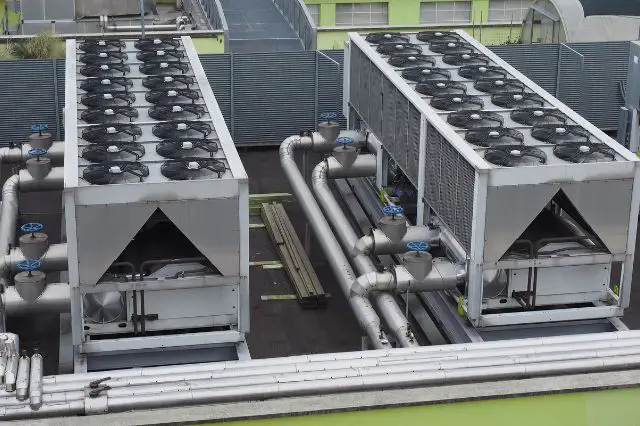Heating, Ventilation, and Air Conditioning (HVAC) systems are part and parcel of modern life. Without them, many offices, stores, and homes would be much less comfortable. Knowing how to properly design and configure these systems is key for HVAC manufacturers. This article will dive deep into the intricacies of HVAC system configurations. Keep reading to uncover the full story.
Understanding HVAC System Configurators
An HVAC system configurator is a type of software that HVAC manufacturers use to design and customize their products. It helps to ensure that each system meets specific requirements and aligns with customer preferences.
The HVAC configurator is an integral part of the manufacturing process. It helps reduce human errors and increases the efficiency of the production process.
These configurators can handle complex calculations and rapidly generate multiple HVAC design alternatives. This makes the whole design process faster and more accurate.
Configurators combine technology and industry knowledge to give manufacturers a competitive edge in the HVAC market.
Importance of Effective HVAC Configuration

Effective HVAC configuration is crucial in achieving energy efficiency and reducing environmental impact. It also plays a significant role in ensuring the functionality and longevity of HVAC systems.
Incorrect configurations can lead to inefficient systems, leading to cost overruns and environmental harm. Therefore, it’s important to get it right the first time.
On the customer’s side, a properly configured system ensures optimal performance, leading to lower energy bills and a more comfortable living or working environment.
In a nutshell, effective HVAC configuration is crucial for manufacturers, contractors, and end users alike.
Features to Look for in HVAC System Configurators
Not all HVAC system configurators are made equal. Different software offers vary in terms of features and capabilities.
A top-notch configurator should offer real-time configuration price quote (CPQ) capabilities. This allows for instant, accurate pricing and eliminates the need for manual price calculations.
The software should also be intuitive and easy to use. Employees shouldn’t require extensive training to handle the software. It should also integrate seamlessly with other business systems.
Lastly, it should offer excellent after-sales support. This ensures that users can get the help they need if they encounter any issues.
Step-by-Step Process of HVAC System Configuration

The HVAC configuration process often starts with the identification of the user’s specific requirements. This includes their temperature control needs, system size, and available installation space, among other factors.
Next, the configurator software generates multiple design options based on these requirements. The system then vets these designs, eliminating those that don’t meet the criteria.
Once the design options are developed, pricing comes into play. The software helps in determining the cost of each system, thereby aiding in the decision-making process.
Lastly, upon choosing the preferred HVAC system design, production instructions are generated, and the manufacturing process commences.
Boosting Efficiency with HVAC System Configurators
HVAC system configurators can tremendously cut down the time and resources needed to build and install HVAC systems. By automating the design and pricing processes, they allow companies to service more customers in less time.
The enhanced productivity and functionality provided by configurators not only save money but also ensure optimal customer satisfaction. Happy customers often result in repeat business and positive word-of-mouth, vital for company growth.
Furthermore, configurators help reduce waste, helping companies minimize their environmental footprint. This is particularly pertinent in today’s eco-conscious world.
All in all, HVAC system configurators represent an investment that pays for itself in terms of efficiency, cost savings, and customer satisfaction.
Overall, HVAC system configurators play an essential role in the HVAC manufacturing process. Their ability to boost efficiency, cut costs, and deliver bespoke solutions is critical in today’s competitive and eco-conscious world.



Leave a Comment